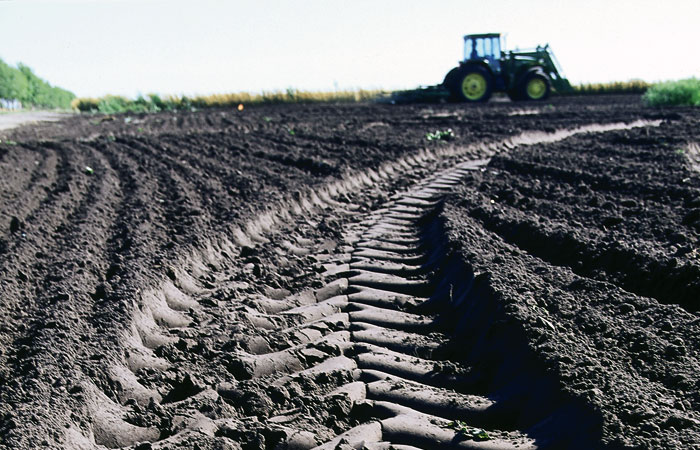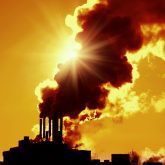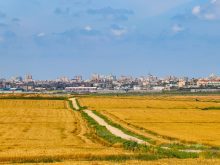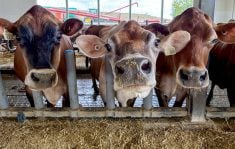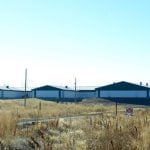Carbon taxes are controversial. Especially contentious is the question of whether such taxes should be applied to farmers. Before farmers make up their minds about carbon taxes, it’s important that they encounter a clear explanation of how a well-structured agricultural carbon tax could work, and how such a tax could help increase net farm incomes. What follows is such an explanation.
A carbon tax is coming. Canada has pledged to cut greenhouse gas (GHG) emissions by 30 per cent by 2030. Ottawa has instructed all provinces to implement a price on carbon, and this probably means a tax. Manitoba’s agricultural sector is responsible for about 40 per cent of the province’s total emissions, so cutting emissions overall means cutting emissions from agriculture. Because a carbon tax is almost certain, farmers should work with governments to structure a tax in a way that not only reduces on-farm emissions, but increases net farm income. How can this be done?
Read Also
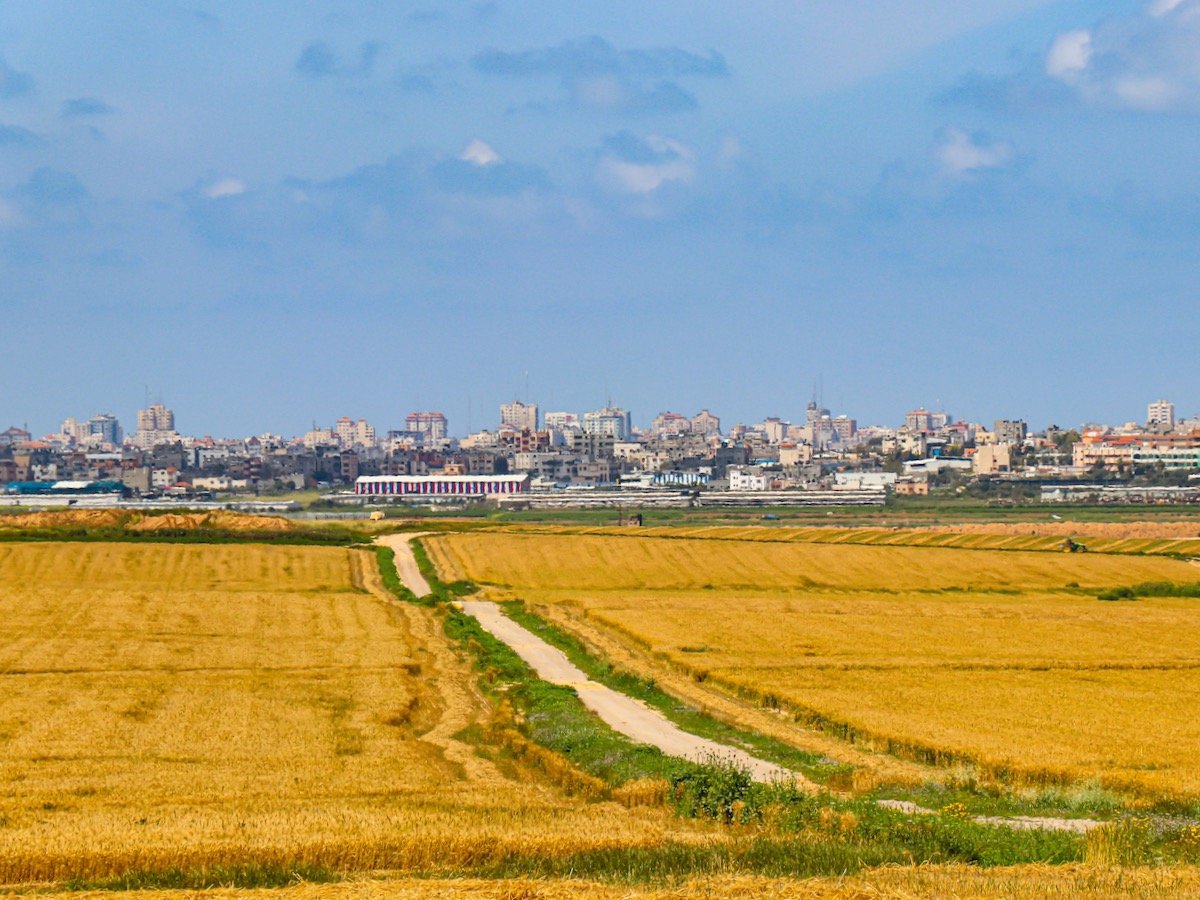
NFU condemns seed destruction in Palestine
Canada’s National Farmers Union (NFU) issues a statement condemning Israeli military forces’ targeted damage of a Seed Multiplication Unit in July 2025 in the southern West Bank city of Hebron.
First, such a tax must embody the realities of the farm sector, especially the imbalance in market power between farmers and input manufacturers. Because of this imbalance, farmers will be forced to pay nearly all the carbon taxes in the food system, including taxes levied on the natural gas to make fertilizer and the energy to make steel. The carbon taxes levied on farm input makers will be passed forward to farmers in the form of higher input costs, and the taxes levied on truckers, railways, processors, etc. will be passed back to farmers in the form of lower farm gate prices. Farmers will pay it all. An exemption for farm fuel use will be of little help. Rather, a well-structured agricultural carbon tax must include a comprehensive refund mechanism for all carbon tax dollars collected in the agri-food chain. Such a refund system is at the core of the proposal detailed here.
Another consideration is that carbon tax rates must rise to high levels. Proposed tax rates — $10 to $50 per tonne — work out to just three to 13 cents per litre of diesel fuel or gasoline. No one will make large changes or large investments to avoid relatively small costs. To change behaviours and help achieve our emission-reduction targets, carbon taxes must rise well above $100 per tonne.
The third reason why all carbon taxes paid by farmers must come back to them is that agriculture is export dependent. Farmers cannot shoulder large new taxes that international competitors may not face.
Therefore, because farmers will pay all the carbon taxes in the agri-food system, those taxes must rise to high levels, and farmers here must not be disadvantaged relative to competitors, 100 per cent of carbon taxes collected — at both the farm level and the input-manufacture level — must be refunded to farmers. Such refunds would not, however, be based on the amounts each farmer paid. Rather, refunds would be spread proportionately across the farming sector, perhaps paid back to farmers on the basis of gross margins.
Farmers would pay taxes based on the carbon emissions related to their operations, but receive carbon-tax refunds based on the relative size and production of their farms. Farmers with below-average emissions for an operation of their size would come out ahead, while farms with above-average emissions would pay some net taxes. Overall, though, all the money farmers (and input makers and others) pay in would come back to farmers. An independent auditor could certify that this occurs.
There’s one more reason farmers shouldn’t reject a carbon tax: If they do, it will be impossible to successfully argue for carbon-credit payments for improved grazing or cropping techniques. Farmers won’t get paid for sequestration if they refuse to pay for excessive emissions.
There’s also the connection between agricultural emissions, input use, and farm income. First, consider this: farming does not produce GHG emissions — farm inputs produce emissions. Humans have practised agriculture for about 10,000 years. For 9,900 of those years, farming produced zero net emissions. It is only in the past century, as farmers were encouraged to multiply their use of fuels, fertilizers, and other inputs that emissions became an issue. The GHGs coming out of Manitoba farms is a direct function of the quantity of fossil fuel-intensive inputs agribusiness pushes in. Thus, emission-reduction efforts must be input-reduction efforts.
We’re not going back to horses, and only a portion of our farms can be organic. Nonetheless, any low-emission food system will be a low-input food system. And reducing input use can increase net incomes.
The graph below shows per-acre Manitoba farm income from 1926 to 2016. The black, upward-trending line is gross farm revenue. The bottom, grey line is net farm income. All figures are adjusted for inflation, with government payments subtracted out. Note how gross revenue climbs but net income slumps toward zero, and recovers only modestly in recent years.
Most important, note the grey-shaded area expanding between the two lines. This represents Manitoba farmers’ expenses: the amount they spent on farm inputs. Between 1987 and 2016, input manufacturers captured 98 per cent of Manitoba farmers’ revenues. Over that same period, half the farmers in Manitoba were pushed off the land. The farm income crisis is the result of wealth extraction by powerful agribusiness corporations. Farmers have two problems: high emissions and high costs. Curbing input use can help solve both. A carbon tax-and-refund system can help reduce emissions, increase incomes, and save family farms.
Darrin Qualman is the former National Farmers’ Union director of research. He is currently working with the Manitoba NFU to develop a greenhouse gas-reduction plan. The views here are his own, and more of his analysis can be found at www.darrinqualman.com.

